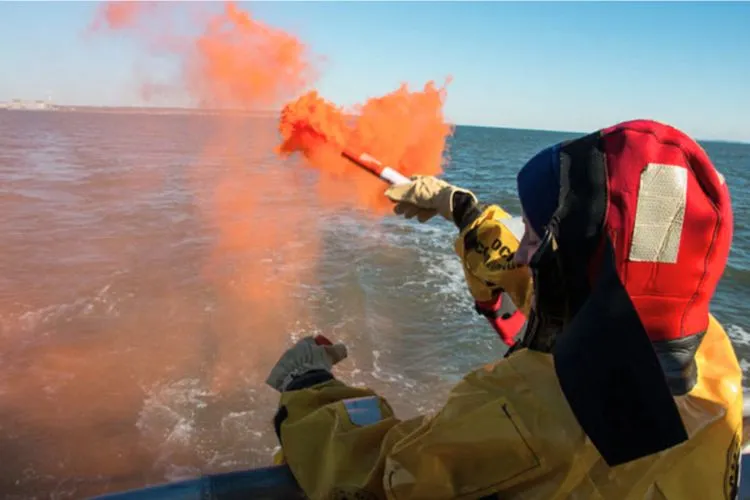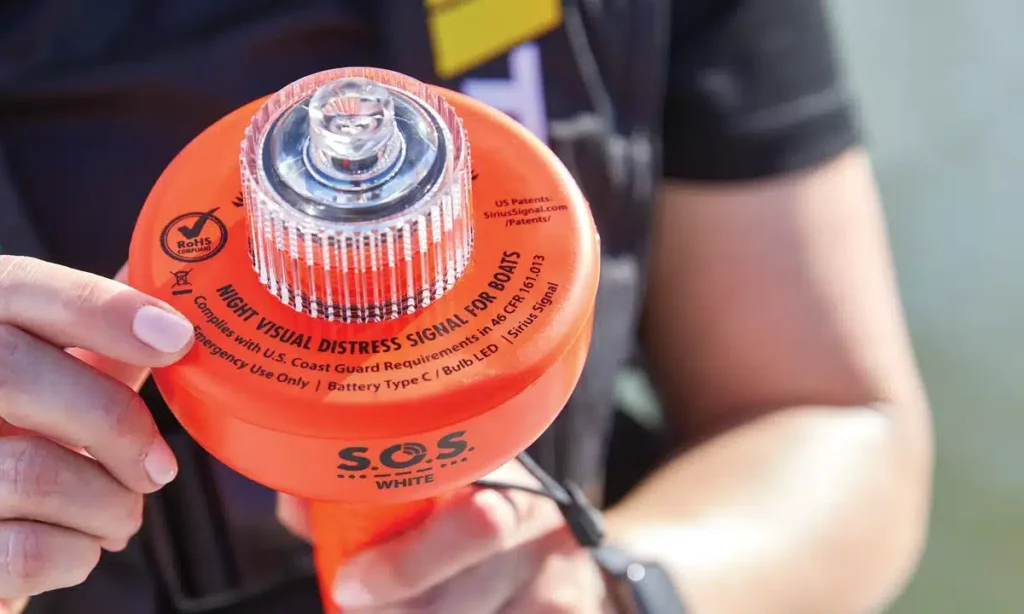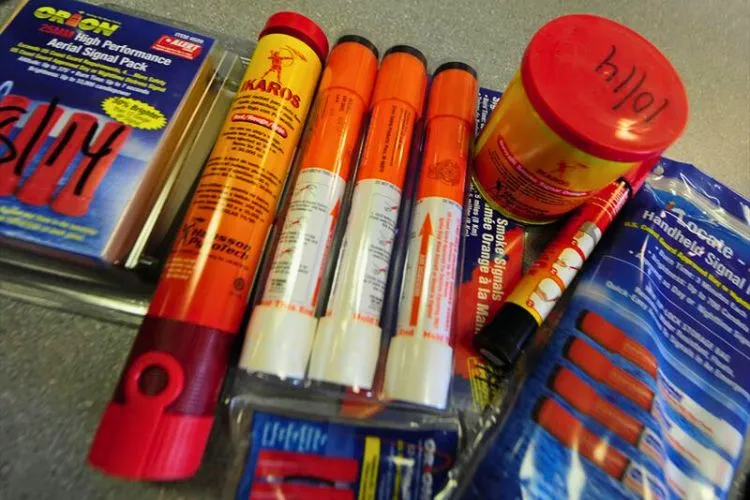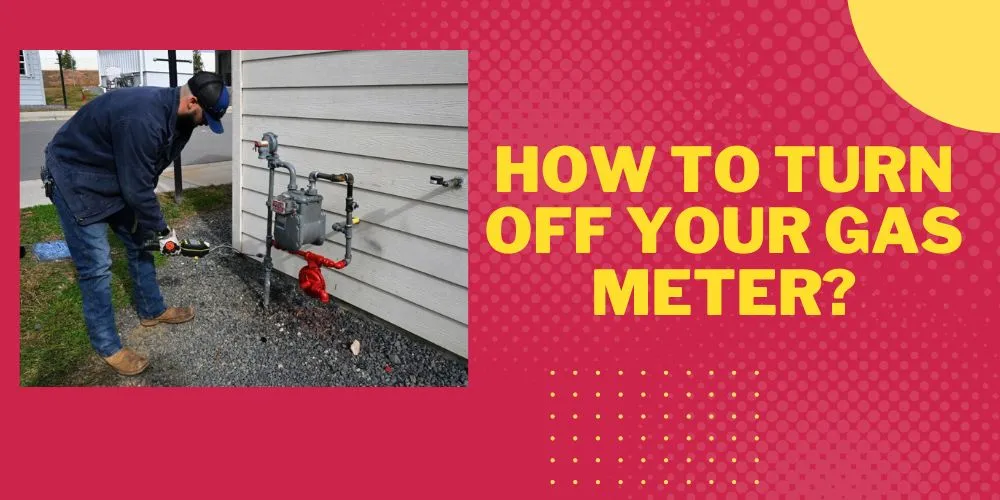In the unpredictable realm of both aquatic and terrestrial environments, the sudden appearance of a flare in the skyline is not merely a visual spectacle but a potential distress signal that could be a matter of life and death.
Understanding what to do if you see a flare or how to react could significantly alter the outcome of an emergency situation.
This comprehensive guide aims to instruct on the immediate and correct course of action upon witnessing a flare, underscoring the gravity of swift, judicious responses.

Understanding Flare Signals
Flares serve as critical emergency communication devices, signaling distress and the need for immediate assistance. Their usage spans across environments, prominently in maritime and remote wilderness areas where conventional communication methods may fail.

Types of Flares
- Handheld Flares: Primarily used for close-range signaling. These flares emit bright, intense light, highly visible at night or during periods of reduced visibility.
- Aerial Flares: These are launched into the sky, significantly increasing the chances of being seen over long distances. Their high altitude and bright illumination make them crucial for broad-range distress signaling.
- Smoke Flares: Distinguished by the vivid colored smoke they release, smoke flares are particularly effective during daylight hours, marking positions and facilitating location spotting from afar.
Recognizing Distress Signals
Identifying a distress situation through flare signals involves understanding international distress signal standards.
While the sighting of a single flare may not always indicate an emergency, repeated or multiple flare sightings usually denote a situation requiring urgent attention.
Indicators of Distress
- Frequency and Pattern: Multiple flares seen at regular intervals are a strong indicator of distress.
- Color Significance: Red flares are universally recognized as a distress signal, signaling urgent help.
What to Do If You See a Flare?
Upon noticing a flare, the first response should be to quickly but thoroughly assess the situation, ensuring not to leap into action without gauging the potential risks involved.
Assessing the Situation
Evaluate the direction and apparent origin of the flare carefully, keeping personal safety and the safety of others in mind. The goal is to aid, not to escalate the risk factor for yourself or potential rescuers.
How to Respond?
Notification of the appropriate authorities is paramount. Contact the Coast Guard or applicable maritime rescue services, providing detailed information on the flare’s characteristics and location.
If it’s within your capacity and safe to conduct, moving closer to the origin of the distress signal might be considered, following a thorough risk assessment.
Additional Safety Measures
Utilizing navigational aides such as binoculars and compasses can enhance the accuracy of locating the distress signal. It’s critical to approach the situation equipped with the right tools, yet always within the bounds of personal safety.
Pro Tips for Effective Response
Preparation plays a significant role in effectively responding to distress signals. Maintaining updated lists of emergency contacts, and acquainting oneself with local distress signal protocols, can save precious time in emergencies.

Building Competency
Engaging in safety and first-aid training specific to maritime and wilderness environments hones the ability to respond effectively to emergencies, making a significant difference in real-world situations.
Legal and Ethical Considerations
While the moral imperative to assist in distress situations is clear, legal obligations can vary significantly between jurisdictions. Familiarizing oneself with these regulations ensures that assistance is rendered within the bounds of the law.
Equipment and Preparedness for Responding to Flares
To respond effectively to distress flares, certain equipment can enhance efficiency and safety. Key items include binoculars for spotting flares at a distance, a GPS device for pinpoint location accuracy, a compass for navigation, and a VHF radio or satellite phone for communication with rescue authorities.

Personal protective gear, such as life jackets for maritime environments or appropriate wilderness survival equipment, is also essential. Staying prepared involves regular checks and maintenance of this equipment.
Ensure batteries are charged, devices are functional, and safety gear is intact and readily accessible. Regular updates on the latest rescue technology can also improve response capabilities.
Keeping a checklist and conducting periodic equipment drills can help maintain a state of readiness, ensuring you can act swiftly and safely when required. This proactive approach not only aids in effectively responding to distress signals but also in mitigating risks during potential rescue operations.
Case Studies: Successful Rescue Operations Involving Flares
One notable rescue operation occurred when a distress flare was spotted by a passing vessel off the coast, leading to the successful rescue of a family stranded on a malfunctioning boat. The timely sighting underscored the importance of vigilance at sea.

This case highlighted critical lessons, including the value of carrying and knowing how to properly use distress signals, and the essential role of community awareness and readiness to respond to emergencies.
The operation demonstrated the effectiveness of flares as a vital tool in maritime safety, saving lives by ensuring quick assistance.
Frequently Asked Questions (FAQs)
Is it mandatory to contact authorities upon seeing a flare?
It is highly advisable to err on the side of caution and report a flare sighting to the authorities, allowing them to determine the appropriate response.
Can failure to assist in a distress situation have legal consequences?
Legal obligations to respond to distress signals vary by region, but there may be consequences for ignoring a distress signal. Always check and abide by local laws.
How are false alarms with flares managed?
Authorities treat all flare sightings seriously, conducting investigations to ascertain the situation. In case of an accidental launch, immediate notification to the authorities helps prevent undue alarm and search efforts.
How to distinguish a distress signal from other uses of flares?
Attention to the flare’s characteristics, such as color, number, pattern, and the context of the sighting, is crucial. When unsure, reporting to the authorities is the safest course of action.
What should be done if a flare is launched accidentally?
Immediately contacting local authorities and informing them about the accidental launch is crucial to prevent unnecessary search operations and potential panic.
Conclusion:
The sight of a flare demands serious attention and a calculated response. By understanding the types of flares, recognizing the signs of distress, and knowing how to act promptly, individuals can significantly impact the safety and potentially save lives.
Awareness and preparedness are key elements in fostering a safer environment for all.
By promoting awareness, enhancing personal preparedness, and understanding the correct measures to take upon witnessing a distress flare, individuals can play a pivotal role in emergency response scenarios, potentially paving the way for successful rescue operations and saving lives.


